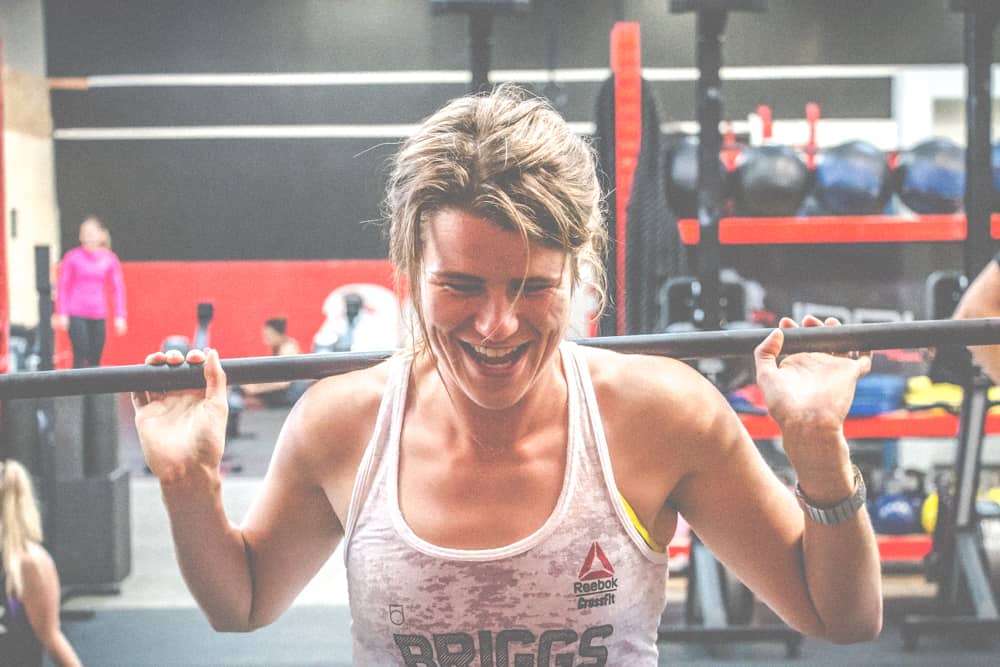

By Adam Billing. With intro from Nikki Petrou.
Have you ever noticed a child squat? How about an elderly Asian man enjoying a cigarette on a street corner? These squats are pieces of artistry; knees-out, straight-backed beautiful formations. Meanwhile we, mere mortals of the office-bound variety, can only dream of such lofty squat perfection. Some of us pour hours into mobility, and squat practice in the quest to achieve what comes effortlessly and naturally to a toddler.
In most traditional cultures around the world, lower back pain is almost non-existent, despite the fact that people living in these societies perform a lot more physical labour. The reason is clear most people in traditional societies rarely, if ever, sit in chairs for long periods of time. If they need to rest, they squat. Squatting is what your body was designed to do.
We are all born with the ability to perform a Chinese weightlifter’s perfect squat, then through exposure to the modern world we lose this ability. For me, 5 years working in the corporate world, sitting on a death pod (chair) certainly took away some of my ability to squat well. I’m now fighting every day to get it back through regular, unloaded squatting and mobility.
Recently I asked one of our members, who couldn’t perform an air squat when he first arrived (and is now squatting more than his body weight) if squatting had changed his life. He replied “Yes, to have that flexibility in my lower body is amazing!” – notice no mention of strength, gains or having massive thighs to show off this summer?
He’s absolutely correct too. Tight hips and low-back changes the way you walk and move in-general. Joints and muscles operate on a “move it or lose it” basis, meaning that they will slowly tighten and restrict range-of-motion over time when full joint range-of-motion isn’t used regularly. Full range of motion for your ankles, hips and knees is found at the bottom of a squat. Do you have trouble getting into a full squat (i.e. heels on the floor)? It’s because you don’t do it regularly enough. Move your body in the way it was intended.
Forget about squatting double body weight or going for that new PB this is a mobility issue and even if it doesn’t bother you now, it certainly will down the road after years of neglect.
So, let’s all rise from our chairs and bust out that sales report from the comfort of our anatomical chair. When people in the office look sideways at you just tell them “the Chinese do all their work like this, it makes you smarter!”.
I recently attended a conference where Nic Gil the All Blacks strength and conditioning coach said “If something’s important do it often”. So how about this, every time you walk into the gym you perform this handy little sequence from the master of movement Ido Portal and then just sit in the bottom of a squat for 3 minutes. https://youtu.be/xPwG2hqnOx0
I promise you, with as little as 2 – 3 minutes per day holding at the bottom of a squat you’ll be impressed with how much better your body can feel when it moves as it was intended.


